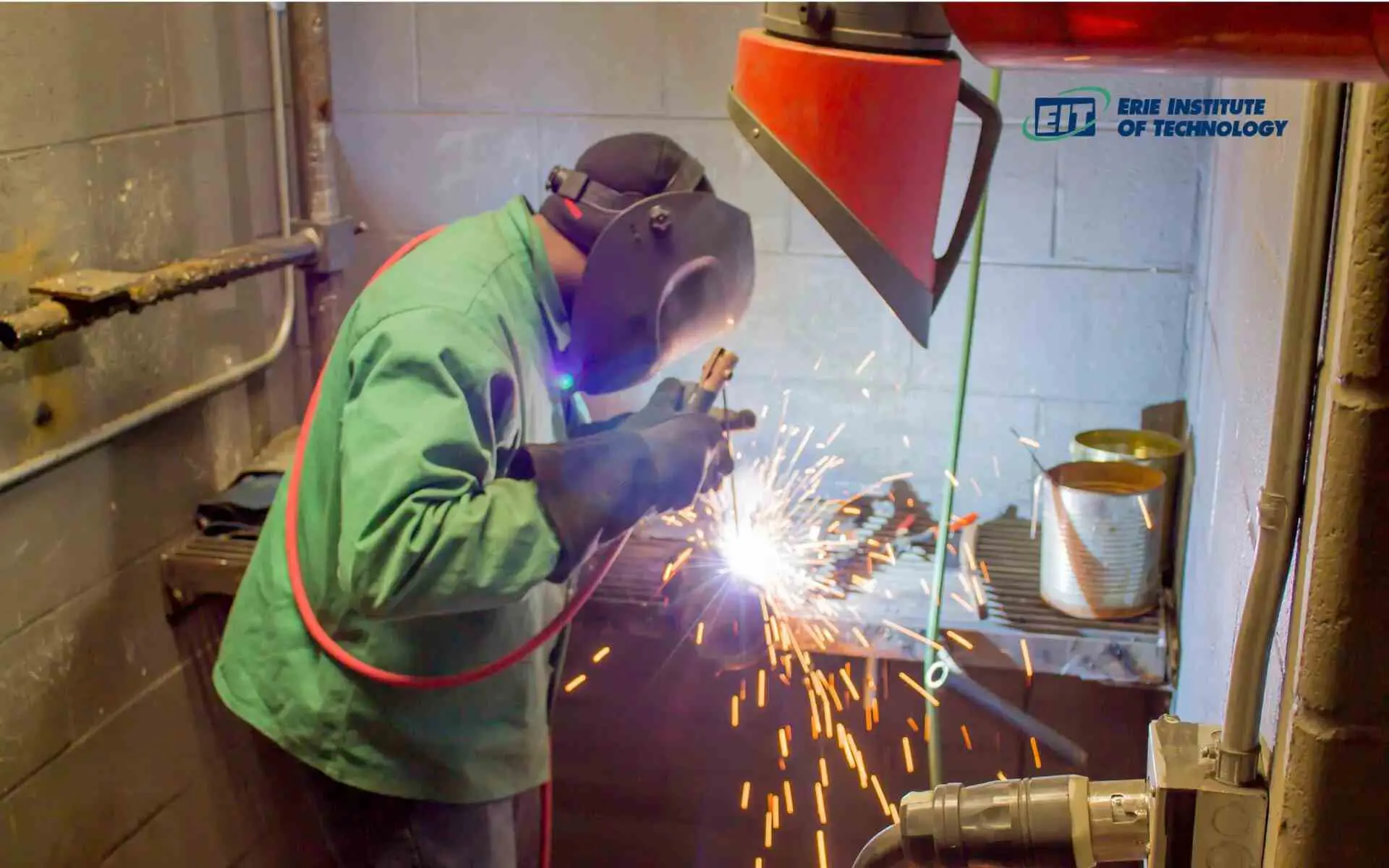Optimizing Your Welding WPS: Methods for Improved Efficiency and Efficiency
Achieving Welding Quality: Introducing the Tricks of WPS Execution and Optimization
In the world of welding, accomplishing quality is a search that rests on the careful implementation and optimization of Welding Treatment Specifications (WPS) These fundamental documents act as the backbone of welding procedures, determining the treatments and criteria required for creating top notch welds constantly. Nevertheless, the secrets to opening the full potential of WPS lie not only in understanding its importance but additionally in grasping the intricacies of its execution and optimization. By delving right into the crucial elements, strategies, difficulties, and ideal techniques related to WPS, a globe of welding quality awaits those that are eager to explore its midsts.
Importance of WPS in Welding
The Significance of Welding Procedure Specifications (WPS) in the welding industry can not be overstated, working as the backbone for making sure consistency, quality, and safety in welding operations. A WPS supplies in-depth guidelines on how welding is to be executed, including important variables such as materials, welding procedures, joint style, filler metals, interpass and preheat temperatures, welding currents, voltages, travel speeds, and much more. By adhering to a distinct WPS, welders can keep harmony in their job, resulting in regular weld quality throughout various tasks.

Trick Aspects of WPS
Going over the essential components of a welding treatment specification (WPS) is essential for recognizing its duty in welding operations. One essential aspect of a WPS is the welding procedure specification, which outlines the particular welding processes to be used, such as gas tungsten arc welding (GTAW) or secured steel arc welding (SMAW) By including these key components into the WPS, welding treatments can be standard, making certain quality, performance, and security in welding operations.
Approaches for WPS Optimization

Second of all, training and credentials of welding workers according to the details requirements of the WPS is critical. Providing comprehensive training programs and guaranteeing that welders are licensed to carry out procedures detailed in the WPS can lead to better welds and minimized rework.
In addition, leveraging innovation such as welding software application and surveillance systems can help in maximizing WPS. These devices can aid in monitoring variables, making certain parameters are within specified limitations, and offering real-time comments to welders, enabling them to make instant modifications for enhanced weld top quality.
Typical Obstacles and Solutions
Encountering barriers in applying the approaches for WPS optimization can impede welding operations' efficiency and high quality. One typical obstacle is poor training or understanding of the welding procedure Clicking Here specifications (WPS) amongst the welding group. This can result in inappropriate implementation of welds, leading to flaws and remodel. To address this, extensive training programs ought to be applied to ensure that all welders are efficient in translating and applying WPS accurately.
Another difficulty is the absence of appropriate documents and record-keeping, which is necessary for WPS optimization. Without clear records of welding specifications, materials made use of, and assessment outcomes, it ends up being difficult to determine locations for improvement and make certain uniformity in welding processes. Carrying out a robust documents system, such as digital welding monitoring software program, can assist enhance record-keeping and help with data evaluation for continuous renovation.
In addition, inconsistent welding devices calibration and upkeep can present a considerable obstacle to WPS optimization. Routine tools checks, calibration, and maintenance timetables must be abided by strictly to ensure that welding criteria are accurately regulated and preserved within the specified tolerances (welding WPS). By dealing with these typical obstacles with positive solutions, welding operations can boost performance, high quality, and overall welding excellence
Finest Practices for WPS Execution
To guarantee successful WPS implementation in welding procedures, adherence to sector requirements and thorough attention to information are paramount. When starting WPS application, it is vital to start by completely comprehending the certain welding requirements of the project. This entails a detailed review of the welding treatment specs, products to be bonded, and the ecological problems in which the welding will certainly happen.
Once the requirements are clear, the next step is to select the suitable welding treatment that lines up with these specs. This entails consulting the relevant codes and requirements, such as those given by the American Welding Society (AWS) or the International Organization for Standardization (ISO), to make sure conformity and top quality.
In addition, documenting the entire WPS application procedure is crucial for traceability and quality assurance. Detailed records need to be maintained pertaining to welding criteria, material preparation, preheat and interpass temperatures, welding consumables utilized, and any type of discrepancies from the original treatment. Normal audits and evaluations of the WPS can assist recognize locations for renovation and make sure ongoing optimization of the welding process.


Verdict
In final thought, the execution and optimization of Welding Procedure Requirements (WPS) is crucial for accomplishing welding quality. By recognizing the crucial great site elements of WPS, carrying out effective methods for optimization, attending to common difficulties, and complying with finest techniques, welders can ensure top quality welds and safe working conditions. It is critical for professionals in the welding market to focus on the correct implementation of WPS to improve total welding efficiency and achieve desired outcomes.
The Significance of Welding Treatment Specs (WPS) in the welding sector can not be overemphasized, offering as the foundation for making certain uniformity, quality, and security in welding procedures. A WPS offers comprehensive directions on exactly how welding is to be brought out, consisting of crucial variables such as materials, welding procedures, joint layout, filler steels, interpass and preheat temperature levels, welding currents, voltages, traveling rates, you can try here and extra. One essential element of a WPS is the welding procedure spec, which describes the certain welding procedures to be utilized, such as gas tungsten arc welding (GTAW) or shielded steel arc welding (SMAW) By including these essential aspects into the WPS, welding treatments can be standard, making certain top quality, efficiency, and safety in welding procedures.
It is important for experts in the welding industry to prioritize the appropriate execution of WPS to boost general welding efficiency and attain preferred end results.